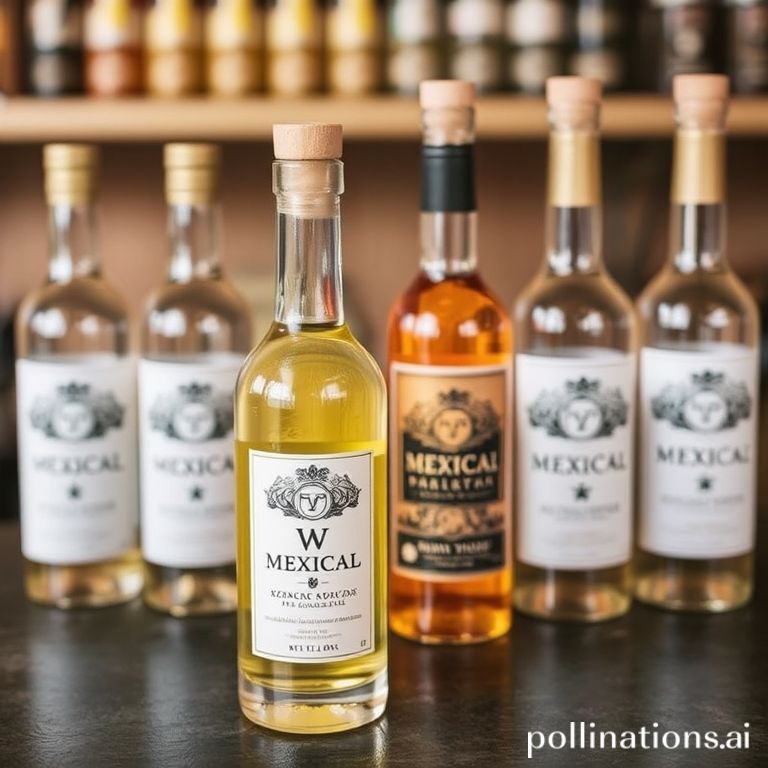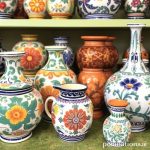Mexico is a land of vibrant culture, rich history, and, of course, exquisite spirits. Among these, Mezcal stands out with its smoky allure and deep connection to the land. Often confused with tequila, Mezcal has its own unique production methods and flavor profiles that make it a spirit worth exploring. This guide will walk you through the fascinating world of Mezcal, from its origins and production to how to best savor its complex flavors.
Whether you’re a seasoned spirits enthusiast or new to agave-based beverages, understanding Mezcal’s nuances will enhance your appreciation for this artisanal Mexican treasure. Prepare to embark on a sensory journey that will deepen your understanding of Mexican culture and tradition.
What is Mezcal? Understanding the Basics
Mezcal is a distilled alcoholic beverage made from any type of agave plant. This is a key differentiator from tequila, which can only be made from blue agave. The word “Mezcal” comes from the Nahuatl word “mexcalli,” meaning “cooked agave.” This speaks to the heart of Mezcal production: the roasting of the agave hearts, or piñas, which imparts its characteristic smoky flavor.
Agave Varieties
- Espadín: The most common agave variety used for Mezcal production, known for its balanced flavor profile.
- Tobalá: A wild agave that yields a more complex and floral Mezcal.
- Arroqueño: Another wild agave, known for its herbaceous and earthy notes.
- Tepeztate: A slow-growing agave that offers a uniquely vegetal and spicy Mezcal.
The Mezcal-Making Process: A Step-by-Step Guide
The production of Mezcal is a labor-intensive process, often carried out by small, family-owned distilleries called “palenques.” The traditional methods have been passed down through generations, making Mezcal a true artisanal spirit.
Harvesting and Roasting the Agave
The process begins with harvesting mature agave plants, which can take anywhere from 7 to 30 years depending on the species. The leaves are removed, leaving the piña. These piñas are then roasted in earthen pits lined with lava rocks, fueled by wood and charcoal. This roasting process, which can last several days, caramelizes the sugars and imparts the smoky flavor unique to Mezcal.
Crushing and Fermentation
After roasting, the piñas are crushed, traditionally using a stone wheel turned by animals (a “tahona”). This crushes the cooked agave, extracting the sugary juices. The juice and fibers are then placed in wooden vats or stone containers to ferment. Fermentation relies on wild yeasts present in the environment, adding to the complexity of the Mezcal.
Distillation
The fermented liquid is then distilled, typically twice, in copper or clay pot stills. The first distillation separates the alcohol, while the second refines the spirit. The master Mezcalero carefully monitors the distillation process, making cuts to separate the “heart” (the desirable portion of the spirit) from the “head” and “tail.”
How to Drink Mezcal: Savoring the Flavor
Mezcal is best enjoyed slowly, allowing you to appreciate its complex aromas and flavors. Here are a few tips on how to properly drink and savor Mezcal:
Choosing Your Mezcal
Start with a Mezcal made from Espadín agave to familiarize yourself with the base flavor profile. As you become more experienced, venture into Mezcals made from wild agaves like Tobalá or Arroqueño.
Serving and Sipping
Serve Mezcal neat, at room temperature, in a small copita or a traditional jícara (a small gourd cup). Take small sips, allowing the Mezcal to coat your palate. Swirl the Mezcal in the glass to release its aromas, and take your time to identify the different notes.
Pairing Mezcal
Mezcal pairs well with a variety of foods. Try it with orange slices sprinkled with sal de gusano (worm salt), dark chocolate, or traditional Mexican dishes like mole or tlayudas. The smokiness of the Mezcal complements the rich flavors of these foods.
Conclusion
Mezcal is more than just a spirit; it’s a reflection of Mexican culture, tradition, and the unique terroir of the agave plant. From the careful harvesting of agave to the artisanal distillation process, every step contributes to the distinctive character of Mezcal. By understanding its production methods and savoring its complex flavors, you can truly appreciate the artistry and heritage embodied in every sip. So, next time you reach for a bottle of Mezcal, remember the rich history and dedication that went into creating this exceptional spirit.
Ready to experience the authentic taste of Mexico? Share this guide with your friends and start your Mezcal journey today!
IMAGE: A close-up, warmly lit photo of a traditional clay copita filled with Mezcal. The background is slightly blurred, showcasing rustic elements of a palenque: agave plants, a stone tahona, and a wooden barrel. The mood is artisanal, authentic, and inviting, with golden and earthy tones dominating the color palette.


